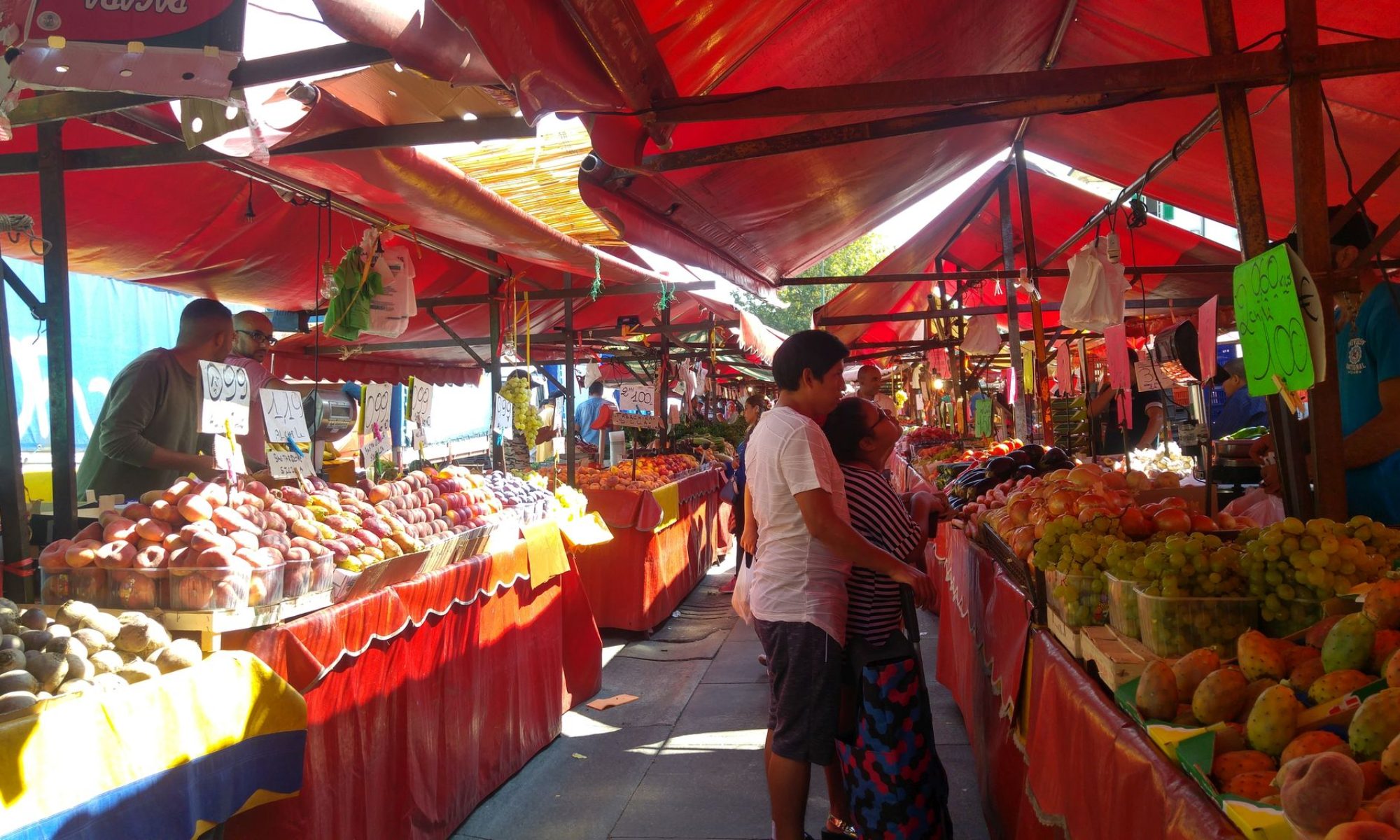Monday, 31 August, 2020
We wanted to walk around Whitechapel again. The area is very dense and has some heavy contrasts. Here I’ll give a warning: There are many, many photos and I did this walk two weeks ago. I no longer remember where each part belongs or what I was thinking about when I took the photos. I may have to juggle things about but I know I won’t get it completely right.
What matters, though, is that our walk took us through the older areas of Spitalfields, through some parts of Whitechapel that my grandparents – and even my parents – would have a hard time believing, and into some areas where the stark, modern lines struck a strong contrast with the old, sometimes converted, warehouses and factories.
To me, it was a typical Whitechapel adventure, where anything was possible, where the past and present cooperate and compete, and where the future can only be imagined. There’s a little bit of history, but not too much or my brain will hurt, and as much everyday thinking as I can muster along the way.




















Finally, we got to Whitechapel High Street, at Aldgate East Station. The scenery changes dramatically.

It’s hard to imagine more of a contrast between the streets we’d just walked and what looms ahead. The corner of Whitechapel over by Aldgate East tube station, near Whitechapel Art Gallery, has been completely built up with modern towers. For a while, with the brief reminder of the old East End, we walked through a steel and glass jungle.




Here I feel incredibly lost on how we wormed through the streets. On one side, a modern tower, on the other a warehouse or factory. It was a crazy mix of new and old in a way that always makes me smile and want to know more. I don’t take notes when I walk. The walking and the seeing, and the picture taking is all I can manage so it will have to remain mostly a pictorial take on what there is to say once you venture off the main roads.







And finally things looked familiar again. This gives me a feeling of relief and disappointment all at the same time. Relief that my legs will get a break and I’m not actually ‘lost’ or going in circles, but also disappointment that now familiarity will set in and the adventurous part of walking will be gone.





This walk was about two hours long. It’s enough for me. When the bus comes along, I put my mask on and sit down, happy to be done but satisfied.
